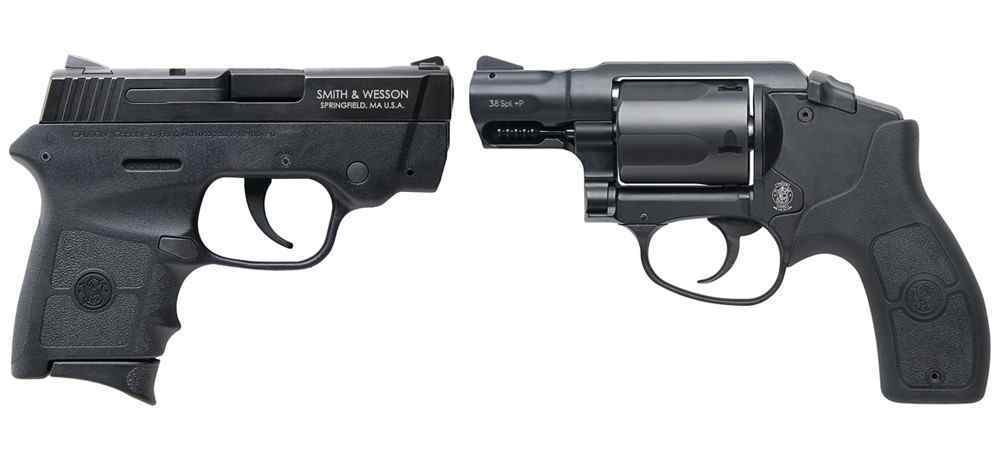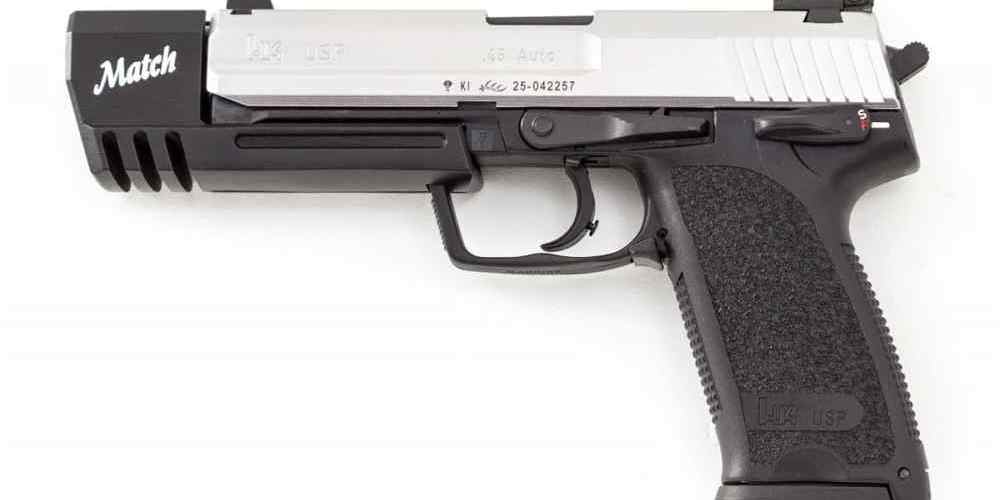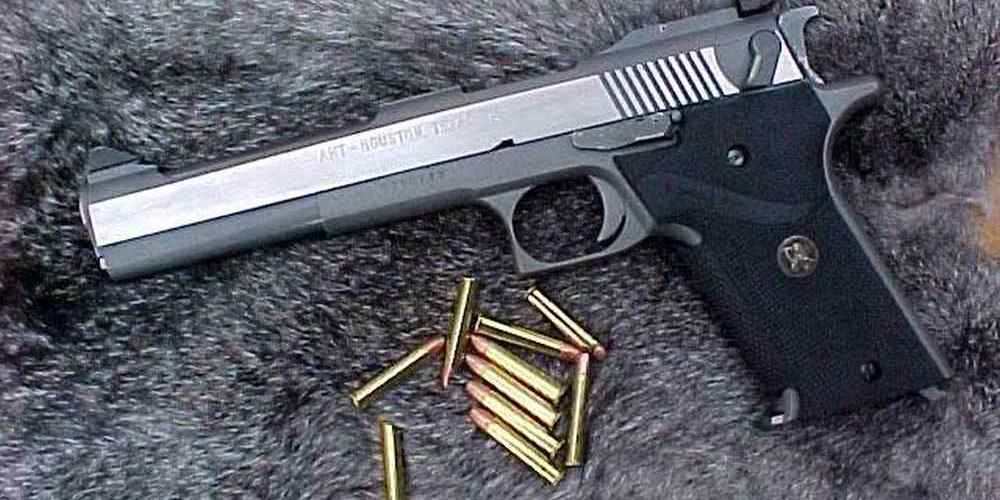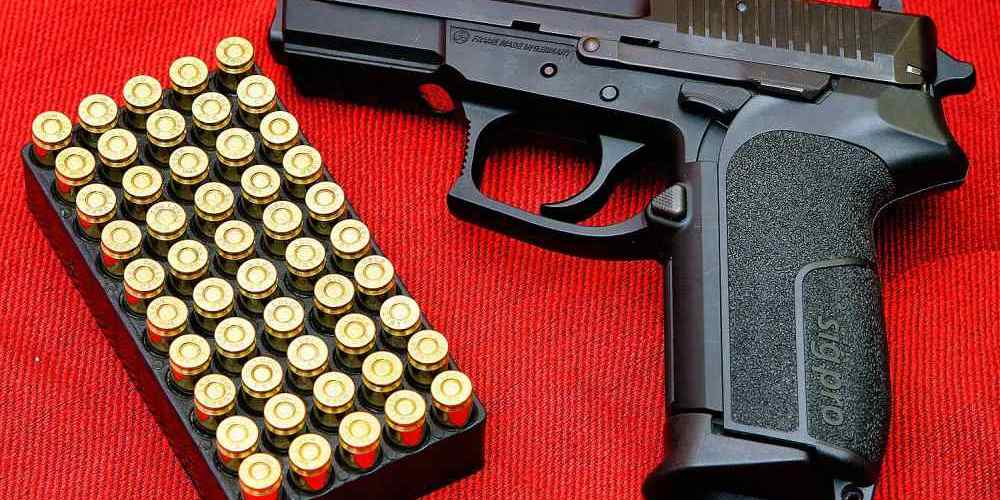“Empower yourself with the knowledge and tools to keep your semi-auto pistol in top condition.”
Essential Tools for Semi-Auto Pistol Repairs
If you own a semi-automatic pistol, it’s important to have the right tools on hand for basic repairs and maintenance. Being able to perform simple fixes yourself can save you time and money, as well as ensure that your firearm is always in top working condition. In this article, we’ll discuss some essential tools that every DIY gunsmith should have in their arsenal.
One of the most important tools for working on semi-auto pistols is a set of gunsmithing screwdrivers. These screwdrivers are specifically designed to fit the small screws found on firearms, preventing damage to the screws and ensuring a secure grip. Investing in a quality set of gunsmithing screwdrivers will make disassembling and reassembling your pistol much easier and more efficient.
In addition to screwdrivers, a set of punches is also essential for pistol repairs. Punches are used to remove pins and other small components from the pistol’s frame, allowing you to access the internal parts for cleaning and maintenance. Look for punches made from high-quality steel to ensure they can withstand the force required to remove stubborn pins without bending or breaking.
A bench block is another useful tool for working on semi-auto pistols. This block is designed to hold the pistol in place while you work on it, preventing it from rolling or sliding around on your work surface. A bench block also provides a stable platform for driving pins in and out of the pistol, making the process much easier and more precise.
A brass hammer is another essential tool for pistol repairs. Brass hammers are non-marring, meaning they won’t leave scratches or dents on the pistol’s finish when used to drive pins or other components. Using a brass hammer instead of a steel hammer will help protect the appearance of your pistol while still providing the force needed to complete repairs.
A set of needle-nose pliers is also handy to have for pistol repairs. These pliers are useful for gripping small parts and components, as well as bending or shaping metal as needed. Look for pliers with a fine tip and comfortable grip to make working on your pistol easier and more precise.
Finally, a cleaning kit is essential for maintaining your semi-auto pistol. A good cleaning kit will include brushes, patches, and cleaning rods to help you remove fouling and debris from the barrel and other internal parts of the pistol. Regular cleaning is essential for keeping your pistol in top working condition and preventing malfunctions.
In conclusion, having the right tools on hand is essential for any DIY gunsmith looking to perform basic repairs and maintenance on their semi-auto pistol. Investing in quality gunsmithing screwdrivers, punches, a bench block, a brass hammer, needle-nose pliers, and a cleaning kit will make working on your pistol easier and more efficient. With these tools in your arsenal, you’ll be able to keep your pistol in top working condition and ensure it’s always ready when you need it.

Common Issues with Semi-Auto Pistols and How to Fix Them
If you own a semi-automatic pistol, you may encounter common issues that require repairs or maintenance. While it’s always best to consult a professional gunsmith for complex problems, there are some basic tools you can use to address minor issues on your own. In this article, we’ll discuss the essential tools every DIY gunsmith should have in their arsenal for semi-auto pistol repairs.
One of the most common issues with semi-auto pistols is a failure to feed or eject properly. This can be caused by a variety of factors, such as a dirty or damaged magazine, a weak recoil spring, or an improperly lubricated slide. To address this issue, you’ll need a few basic tools: a cleaning kit with brushes and solvent, a recoil spring tool, and a small bottle of gun oil.
Start by disassembling your pistol according to the manufacturer’s instructions. Use the cleaning kit to remove any dirt, debris, or fouling from the magazine, slide, and barrel. Pay special attention to the feed ramp and extractor, as these are common areas where malfunctions can occur. Once everything is clean, inspect the recoil spring for any signs of wear or damage. If necessary, use the recoil spring tool to replace it with a new one.
Next, lubricate the slide and other moving parts with a small amount of gun oil. Be sure to use a high-quality lubricant that is specifically designed for firearms, as using the wrong type of oil can cause more harm than good. Reassemble your pistol and test fire it to ensure that the issue has been resolved. If the problem persists, you may need to seek professional help.
Another common issue with semi-auto pistols is a loose or wobbly front sight. This can be caused by a loose screw or a damaged sight post. To address this issue, you’ll need a small screwdriver set, a sight pusher tool, and a replacement front sight post.
Start by removing the slide from your pistol and placing it in a secure vise. Use the small screwdriver set to tighten any loose screws on the front sight. If the sight is still wobbly, use the sight pusher tool to adjust the position of the sight post. If the sight post is damaged, use the replacement front sight post to install a new one.
Once the front sight is secure, reassemble your pistol and test fire it to ensure that the issue has been resolved. If the problem persists, you may need to seek professional help.
In conclusion, owning a semi-auto pistol comes with its own set of challenges, but with the right tools and knowledge, you can address common issues on your own. By having a basic understanding of how your pistol works and investing in a few essential tools, you can save time and money on repairs and maintenance. Remember to always prioritize safety and consult a professional gunsmith for any issues that you are unsure how to handle. Happy gunsmithing!
Step-by-Step Guide to Disassembling and Reassembling a Semi-Auto Pistol
If you own a semi-automatic pistol, it’s important to know how to properly maintain and repair it. While some repairs may require the expertise of a professional gunsmith, there are many basic repairs that you can do yourself with the right tools and knowledge. In this article, we will discuss the basic tools you will need for semi-auto pistol repairs and provide a step-by-step guide to disassembling and reassembling your pistol.
One of the most important tools you will need for pistol repairs is a set of gunsmithing screwdrivers. These screwdrivers are specifically designed for working on firearms and will help prevent damage to your pistol’s screws. It’s important to use the correct size screwdriver for each screw to avoid stripping the screw heads. A good set of gunsmithing screwdrivers will have a variety of sizes and types to fit different screws on your pistol.
Another essential tool for pistol repairs is a bench block. A bench block is a sturdy block of material, such as nylon or aluminum, with holes and slots to hold your pistol’s parts in place while you work on them. This will help prevent damage to your pistol and make it easier to reassemble the parts correctly.
You will also need a brass or nylon hammer for tapping out pins and other stubborn parts. Using a brass or nylon hammer will help prevent damage to your pistol’s finish and delicate parts. It’s important to use a hammer with a soft face to avoid marring the surface of your pistol.
A set of punches is another essential tool for pistol repairs. Punches are used to drive out pins and other small parts from your pistol. It’s important to use the correct size punch for each pin to avoid damaging your pistol’s frame or slide. A good set of punches will have a variety of sizes and shapes to fit different pins on your pistol.
A cleaning kit is also essential for maintaining your pistol. A cleaning kit will include brushes, patches, and cleaning solvents to keep your pistol in good working condition. Regular cleaning and maintenance will help prevent malfunctions and extend the life of your pistol.
Now that you have the basic tools for pistol repairs, let’s walk through a step-by-step guide to disassembling and reassembling your semi-automatic pistol. Before you begin, make sure your pistol is unloaded and the magazine is removed. Always follow the manufacturer’s instructions for disassembling and reassembling your pistol.
Start by removing the slide from the frame of your pistol. To do this, lock the slide back and push the takedown lever or button to release the slide. Carefully remove the slide from the frame and set it aside.
Next, remove the recoil spring and guide rod from the slide. Be careful not to let the spring snap back as you remove it. Set the spring and guide rod aside.
Now, remove the barrel from the slide by pushing it forward and lifting it out. Set the barrel aside.
To reassemble your pistol, start by inserting the barrel back into the slide and pushing it back into place. Next, reinsert the recoil spring and guide rod into the slide.
Carefully align the slide with the frame and slide it back into place. Lock the slide back and push the takedown lever or button to secure the slide to the frame.
Congratulations! You have successfully disassembled and reassembled your semi-automatic pistol. With the right tools and knowledge, you can perform basic repairs and maintenance on your pistol to keep it in top working condition. Remember to always follow safety precautions and manufacturer’s instructions when working on your pistol. Happy gunsmithing!
Upgrading Your Semi-Auto Pistol: Tips and Tricks
If you own a semi-auto pistol, you know how important it is to keep it in top working condition. Regular maintenance and repairs are essential to ensure your firearm functions properly and safely. While some repairs may require the expertise of a professional gunsmith, there are many basic repairs and upgrades that you can do yourself with the right tools.
One of the most important tools for any DIY gunsmith is a good set of screwdrivers. A set of precision screwdrivers with interchangeable bits will allow you to easily disassemble and reassemble your pistol for cleaning and repairs. Make sure to choose screwdrivers that are the correct size and shape for the screws on your specific pistol to avoid damaging the screws or stripping them.
In addition to screwdrivers, a set of punches is essential for working on a semi-auto pistol. Punches are used to remove pins and other small parts from the pistol without damaging them. A set of brass punches is ideal, as they are softer than steel punches and less likely to mar the finish of your pistol.
A bench block is another useful tool for working on semi-auto pistols. A bench block is a sturdy block of material, usually made of plastic or rubber, with holes and slots that are designed to hold your pistol in place while you work on it. This will help prevent your pistol from rolling around or getting damaged while you are working on it.
A good set of needle-nose pliers is also essential for working on semi-auto pistols. Needle-nose pliers are useful for gripping small parts and springs, as well as for bending and shaping metal parts. Make sure to choose pliers with a fine tip and a comfortable grip to make your work easier and more precise.
A set of hex keys, also known as Allen wrenches, is another important tool for working on semi-auto pistols. Many pistols use hex screws to secure grips, sights, and other parts, so having a set of hex keys in various sizes will allow you to easily remove and replace these parts as needed.
Finally, a good quality gun cleaning kit is essential for maintaining your semi-auto pistol. Regular cleaning and lubrication are key to keeping your pistol functioning properly and preventing malfunctions. Make sure to choose a cleaning kit that includes brushes, patches, cleaning rods, and solvent that are specifically designed for firearms.
In conclusion, having the right tools is essential for any DIY gunsmith who wants to work on their semi-auto pistol. With a good set of screwdrivers, punches, bench block, needle-nose pliers, hex keys, and gun cleaning kit, you will be well-equipped to perform basic repairs and upgrades on your pistol. Remember to always follow safety guidelines and manufacturer recommendations when working on your firearm, and if you are unsure about a repair, don’t hesitate to seek the help of a professional gunsmith. Happy gunsmithing!
Safety Precautions for DIY Gunsmithing at Home
Gunsmithing can be a rewarding hobby for firearm enthusiasts who want to learn more about how their guns work and how to make repairs and modifications. However, it is important to approach gunsmithing with caution, especially when working on semi-automatic pistols. Safety should always be the top priority when handling firearms, whether you are at the range or working on your guns at home.
Before you start any DIY gunsmithing projects, it is essential to familiarize yourself with the basic safety precautions that should be followed when working on firearms. Always treat every gun as if it is loaded, even if you are certain that it is not. Never point a gun at anything you do not intend to shoot, and always keep your finger off the trigger until you are ready to fire. Additionally, make sure to wear eye protection and hearing protection when working on firearms to protect yourself from potential accidents.
When working on semi-automatic pistols, there are a few specific safety precautions that you should keep in mind. Before disassembling the gun, always make sure that it is unloaded and that there is no ammunition in the chamber. Double-check to ensure that the magazine is removed and that the chamber is clear before proceeding with any repairs or modifications. It is also a good idea to work in a well-lit area with a clean, flat surface to prevent any small parts from getting lost.
Another important safety precaution to keep in mind when working on semi-automatic pistols is to always follow the manufacturer’s instructions and recommendations for disassembly and reassembly. Each gun is different, and it is crucial to understand how your specific model functions before attempting any repairs. If you are unsure about how to properly disassemble or reassemble your gun, consult the owner’s manual or seek guidance from a qualified gunsmith.
In addition to following proper safety precautions, it is essential to have the right tools for the job when working on semi-automatic pistols. Some basic tools that every DIY gunsmith should have in their arsenal include a set of screwdrivers with various sizes and types of heads, a set of punches for removing pins and other small parts, a hammer for tapping out stubborn pins, and a bench block to support the gun while working on it.
Other useful tools to have on hand when working on semi-automatic pistols include a gun cleaning kit for keeping your gun in top condition, a set of needle-nose pliers for handling small parts, and a set of calipers for measuring precise dimensions. Having the right tools for the job can make the gunsmithing process much smoother and more efficient, allowing you to make repairs and modifications with confidence.
In conclusion, safety should always be the top priority when working on firearms, especially when handling semi-automatic pistols. By following proper safety precautions, familiarizing yourself with your specific gun model, and having the right tools for the job, you can safely and effectively make repairs and modifications to your guns at home. Remember to always approach gunsmithing with caution and respect for the power of firearms, and enjoy the process of learning more about how your guns work.







